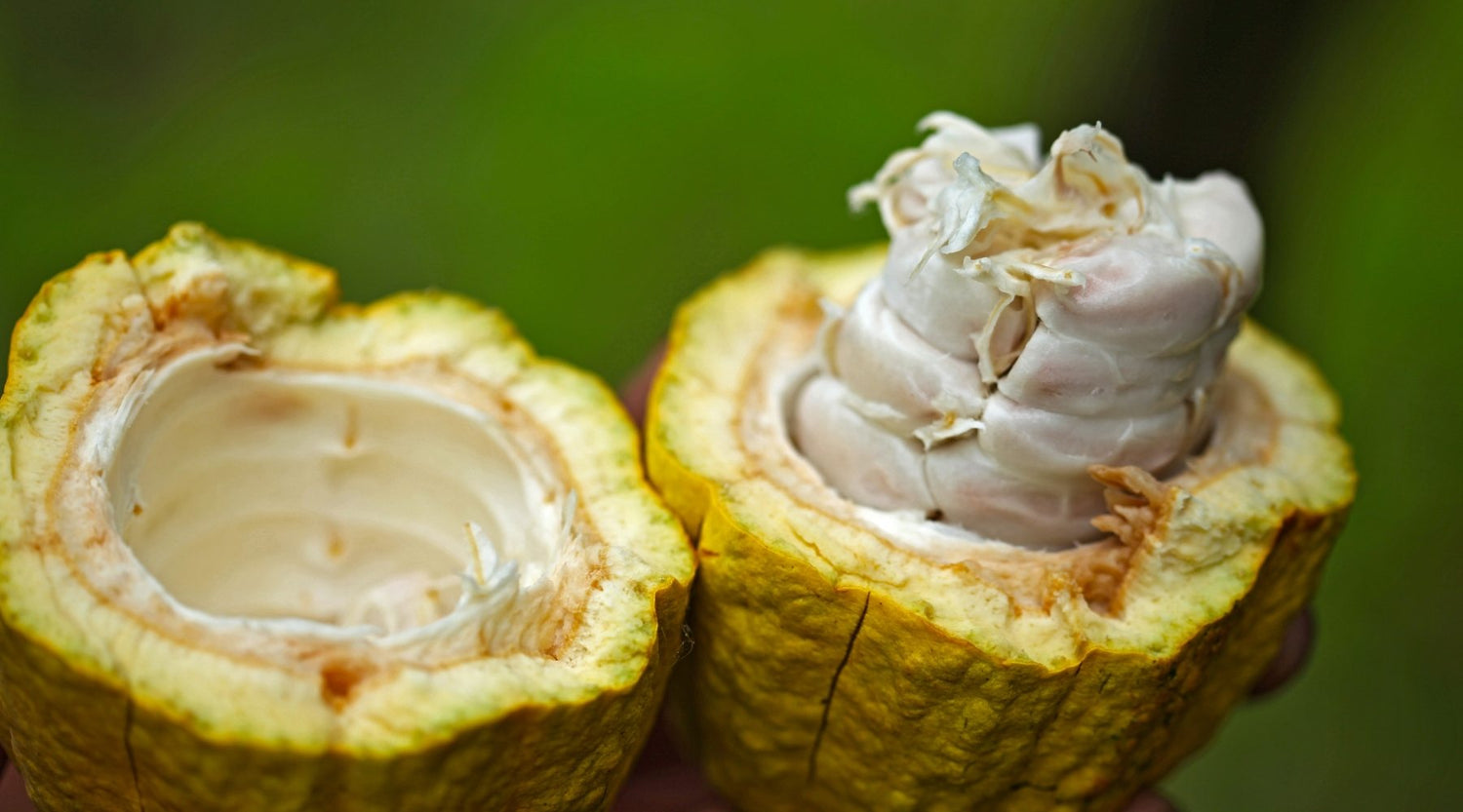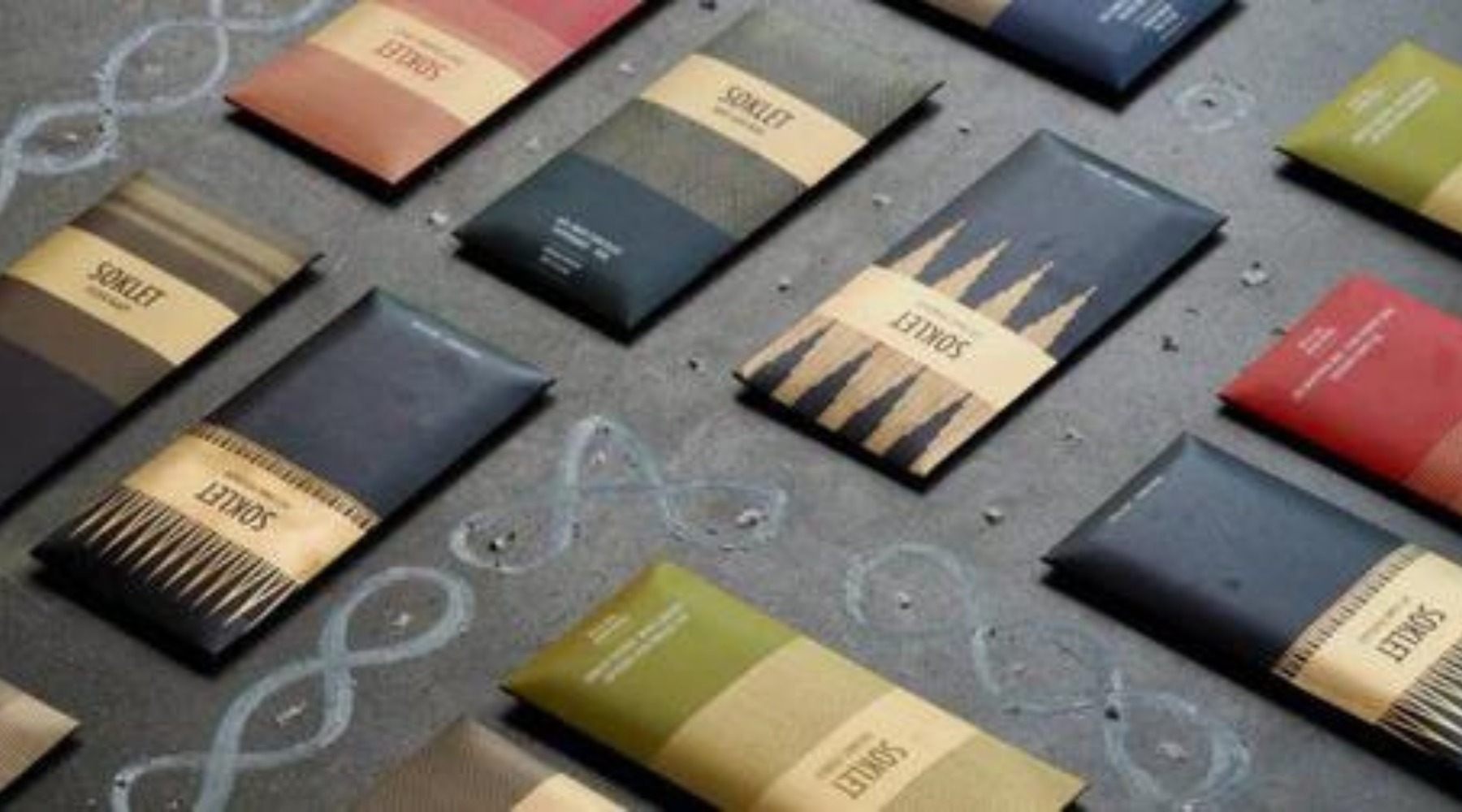Auro Chocolate was founded in 2015 and has since stood for fine bean-to-bar chocolate from the Philippines. This means that not only does the cocoa for the chocolate grow in the Southeast Asian country, but the entire processing up to the finished chocolate bar takes place at Auro in the country itself. Kelly Go, founder of Auro Chocolate, tells in the Theyo interview how cocoa came to the Philippines, what the opportunities and challenges are of production in the country of origin and how the taste of international chocolate fans differs from that of the Philippines.
Companies that produce chocolate in the country of origin of the cocoa beans are still a rarity. How did you get involved with Auro Chocolate?
We came up with the idea of making chocolate in the Philippines ten years ago. Back then we knew that we had a long tradition of making a coarsely ground cocoa drink called Tableya or Sikwate. But we didn't know that we had cocoa beans good enough to be made into fine chocolate. At that time, there were no established craft chocolate manufacturers in the Philippines. You have to know that cocoa-producing countries had no way of producing chocolate for a long time. Because the technology for making chocolate was developed in countries that do not produce cocoa themselves. However, as the industry has become more democratized over the last 20 years, there has been a wave of chocolate makers challenging the status quo of traditional cocoa sourcing and chocolate making.
(In this video , Auro introduces his Davao Farm.)
Why do you think it is important to produce in the country of origin?
For us at Auro Chocolate, producing fine chocolate in the Philippines means that more people in agriculture and the processing industry can benefit, that we can create greater awareness of what it means to source cocoa sustainably, and that we can use our unique Being able to share flavors and traditions with the rest of the world.
The fact that we are in the same country as everyone involved in the process is also extremely important. This allows us to visit our farming communities more often and develop deeper relationships with them. In addition, companies like ours that have chosen to only use cocoa beans from their own country are often forced to make the necessary improvements in cultivation, post-harvest and manufacturing processes. Because we have to work with what we have. In our experience, the effort to produce in the country of origin is tough but incredibly fulfilling. We can create small and large changes in our communities that spread to the rest of the country. We want to put the Philippines on the world map of fine cocoa and chocolate!
What is the relationship between the Philippines and chocolate?
The Philippines' relationship with cacao began a long time ago. Because we were the first country in Asia to actively produce cocoa. Cocoa came to the Philippines as early as 1633 through the Manila-Acapulco galleon trade . And according to written records, the variety that was transported first was the Criollo. Since then, cocoa has played an important role in Filipino tradition. It was common for every family to have at least one cacao tree in their garden and produce tableya, the traditional cacao drink, at home. Tableya is made from ground cocoa beans and prepared in brass or silver pots with the help of a wooden whisk. There is also a traditional Filipino porridge made with cocoa known as champorado.
(In this video you get an insight into the Auro chocolate factory)
How has the chocolate scene developed in the Philippines?
In the past, the Philippines actually only made tableya from cocoa for their own consumption. With the introduction of more convenient forms of food production, this tradition began to fade. Since the middle of the 20th century, the confectionery market has been heavily dominated by foreign brands that mainly produce chocolate from ready-made mass. In the last five to ten years, a craft chocolate scene has emerged in the Philippines that produces its own single-origin chocolate and cocoa products. Today, most bean-to-bar chocolate manufacturers, such as us at Auro Chocolate, are small to medium sized businesses.
What does your collaboration at Auro Chocolate with the farmers look like?
The farmers we work with are mostly small farmers and cooperatives. We are currently working with 80 individual farmers in Davao , representing more than 1,000 families and 2,000 hectares of farmland. We implement a unique pricing structure that offers farmers significant premiums of 20 – 50% above the world market price. This creates incentives for improving the quality and cultivation of local cocoa varieties. We also offer our cocoa partners ongoing support by teaching them the basics of organic farming and business management.  Cocoa bean cultivation in the Philippines ©Auro
Cocoa bean cultivation in the Philippines ©Auro
Are Filipino tastes different from the tastes of international chocolate lovers?
In our experience: yes! And that can be quite a challenge because we develop the same products for our national and international customers. Most Filipino consumers grew up eating cheap pre-made chocolate. Many people still prefer white or milk chocolate, but are open to slowly discovering darker chocolates. International customers, especially craft chocolate fans, usually like high cocoa content and special flavors. To cater to both markets, we developed our Classic Collection, made with cacao from Davao, with a distinct but more approachable flavor profile. Then we have our Reserve and Heritage collections, which showcase the unique flavors of cacao and other local ingredients in the Philippines such as moringa and mango. In general, both domestic and international markets are now more interested in discovering unique flavors, local ingredients and sustainable production stories.
Your bars at Auro Chocolate have a very special design. Where do you get the inspiration from?
Auro Chocolate's packaging is inspired by the rich and beautiful Philippine tapestries. In addition, the symbols found on the packaging actually represent the steps involved in making a chocolate. The packaging of our chocolate bars also serves as a guide for the actual chocolate production!
Chocolate can actually be eaten in any situation. What is your favorite “chocolate situation”?
During the afternoon coffee break or at tea time! She always gives me new energy and makes me happy.  The two founders of Auro (left): Kelly & Mark + Team ©Masterminds Asia
The two founders of Auro (left): Kelly & Mark + Team ©Masterminds Asia
City, country, enjoyment.
We have slightly modified the famous game “City, Country, River”...
City: If your chocolate was a city, what city would it be?
Manila because it is a city that uses modern technologies while preserving its cultural heritage. It is an emerging cosmopolitan city with immense growth potential and tropical wonders to explore.
Country: Which country is your favorite growing region?
Definitely the Philippines. We currently source the cocoa for Auro Chocolate from various farms in Davao. The Philippines is generally one of the most beautiful countries around and is blessed with various forms of land and water. All of this contributes to the unique flavors of Filipino cocoa beans.
Enjoyment: What do you like to combine your 70% table with?
With craft strong beer.
Which three chocolates would you take with you to a deserted island?
Our Auro Chocolate 70% Saloy, the Pistatxo Karamelizado from Kaitxo and the O'Payo 50% from Friis-Holm Chokolade .
Curious about what Auro Chocolate's fine bean-to-bar chocolates taste like? This way ! You can find out more about the countries of origin of the chocolates in our Theyo online shop on our blog .
Header photo by Kristiana Pinne on Unsplash



